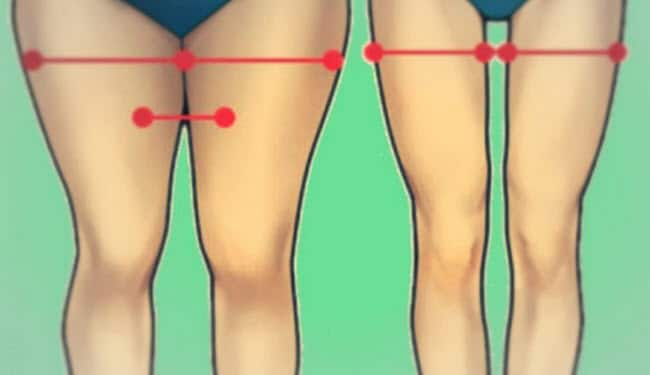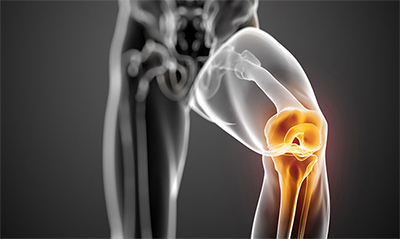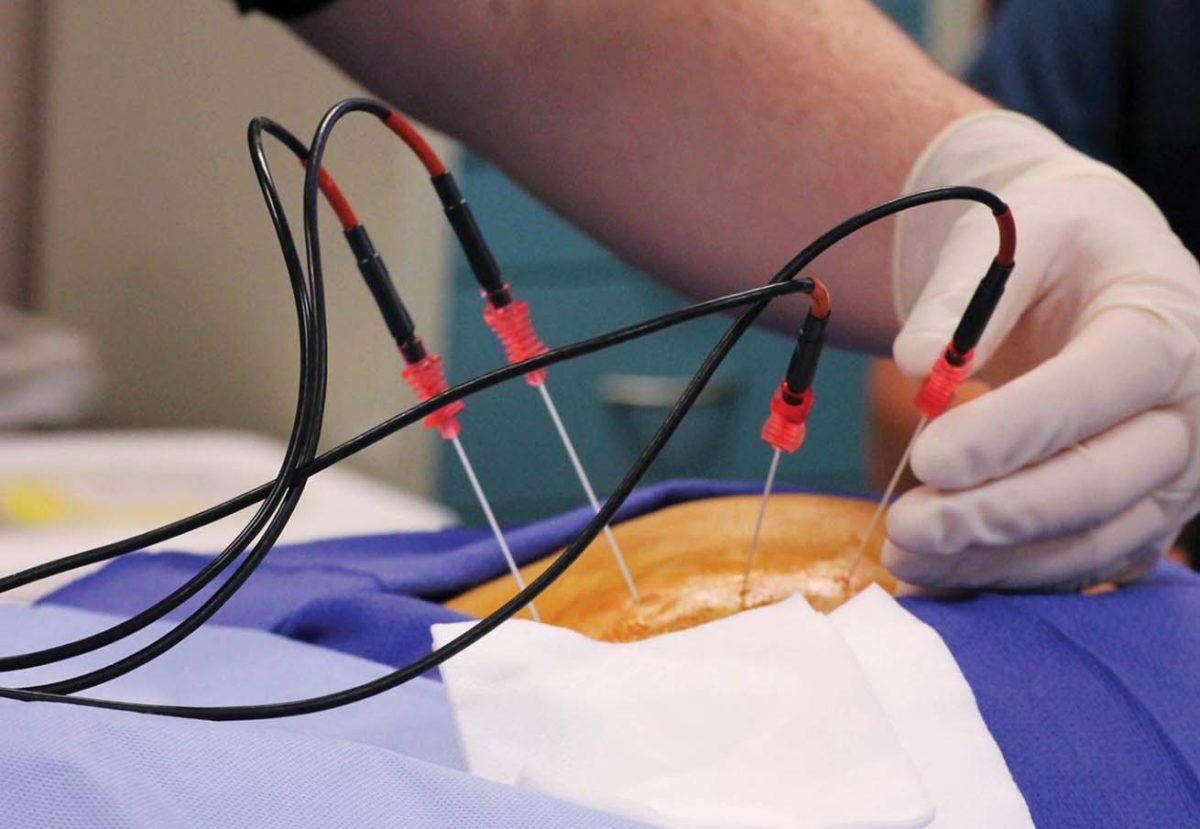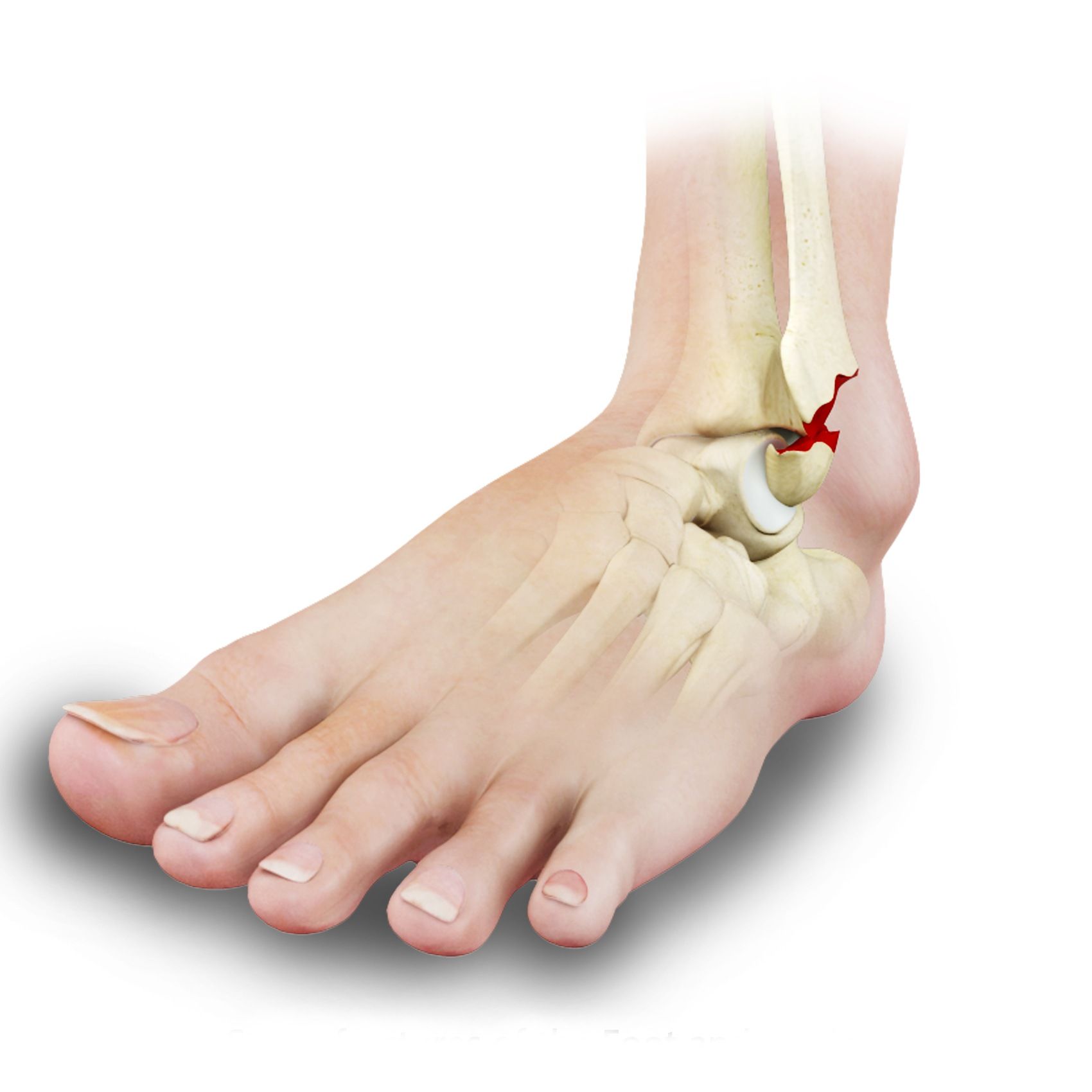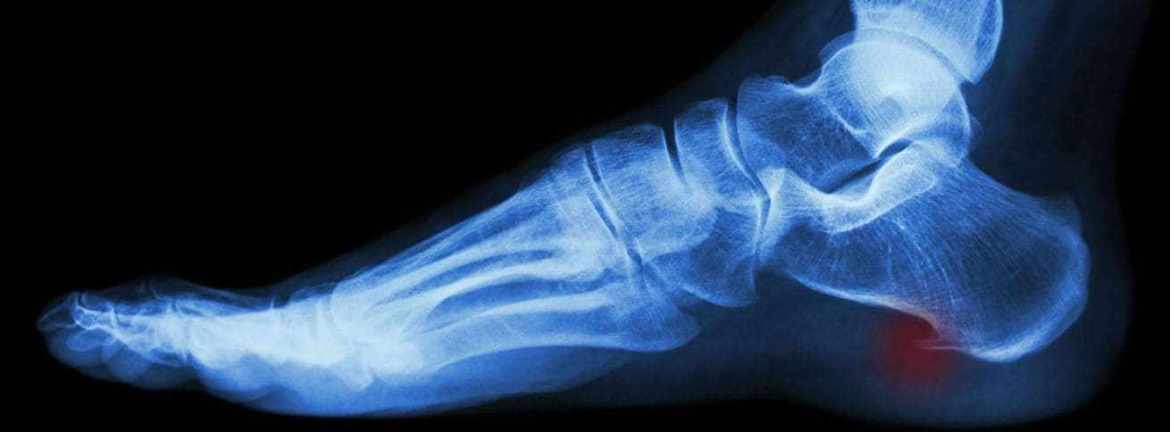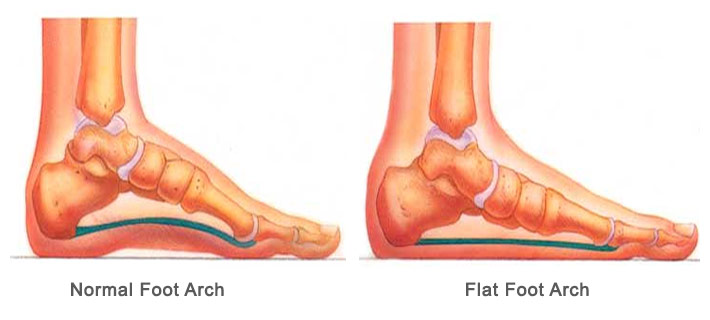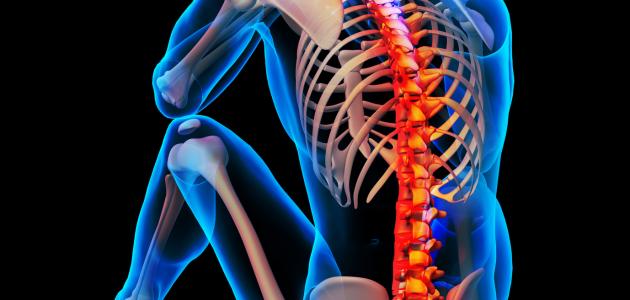Price of Artificial Hip Joint in Egypt and Its Expected Lifespan!
Artificial Hip Joint Cost in Egypt There are different types of artificial hip joints depending on the complexity of the case. In this article, we will learn together the most important information related to it in terms of its estimated life span, cost, and the criteria on which the cost is determined, so follow us to receive all the latest information related to this matter.
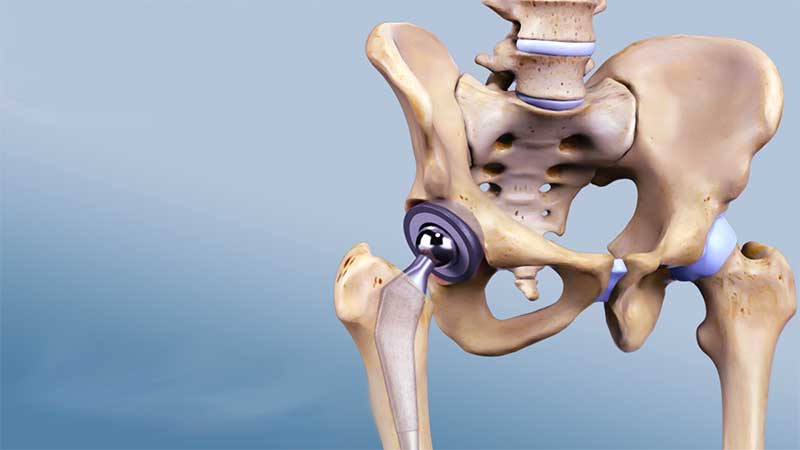
Artificial Hip Joint Cost in Egypt
The cost of an artificial hip joint in Egypt varies according to several factors. The cost of the procedure can range between 50,000 to 90,000 Egyptian pounds. It is important to note that the price of a locally manufactured artificial joint differs from the price of an imported one. Therefore, the country of manufacture is a factor that affects the cost of an artificial hip joint in Egypt. You can discover a life without pain and restrictions with the installation of an artificial hip joint with Dr. Amr Amal, who provides advanced surgical solutions to restore your quality of life.
What are the criteria that affect the cost of an artificial hip joint?
In this list, we will look at the criteria that affect the determination of the cost of an artificial hip joint. The cost of this joint may vary from one patient to another based on the following factors:
- Type of Joint:
The type of artificial joint is one of the main factors affecting its cost. For example, a metal-on-metal joint is considered more expensive than a plastic-on-metal joint. - Number of Joint Parts to be Replaced:
The number of parts to be replaced may affect the cost of the artificial joint. If there is a need to replace all parts of the joint, the cost is likely to be higher. - Country of Manufacture:
The costs of artificial joints vary according to the country of manufacture. Some countries may have lower production costs, which is reflected in the price of the joint. - Price of the Artificial Joint Itself:
The price of the artificial joint itself can affect its final cost. A joint with advanced properties and technology is more expensive than those without these features. - Need to Replace One or Two Joints:
In some cases, there may be a need to replace only one joint, while other cases may require replacing two joints. Generally, replacing two joints is more costly. - Physician’s Experience and Skill:
The experience and skill of the physician play an important role in determining the cost of an artificial hip joint. A successful surgery without complications requires a high level of experience and skills from a specialized medical team. - Length of Hospital Stay:
The length of hospital stay may affect the determination of the cost of the artificial joint. If a long stay is required after the surgery, the cost of medical care and accommodation may increase.
Before undergoing any surgical procedure for an artificial hip joint replacement, it is important to consult with a specialized physician and obtain appropriate medical advice.
What are the indications for replacing the hip joint with an artificial one?
Some individuals suffer from problems in their hip joints that may require replacement with artificial joints. Here are some common indications for undergoing an artificial hip joint replacement surgery:
- Wear and Damage: Wear and damage can occur in natural hip joints due to aging, chronic joint diseases such as rheumatoid arthritis, or previous injuries. This wear and tear can lead to pain and reduced joint movement, necessitating replacement.
- Recurrent Dislocation: In some cases, individuals may suffer from recurrent dislocation of the hip joint, causing severe pain and reduced mobility. Replacing the hip joint with an artificial one can be an effective solution to reduce the risk of recurrent dislocation.
- Failure of Other Treatments: In some cases, individuals may be unable to achieve sustained improvement in their symptoms through non-surgical treatments such as physical therapy or medication. In cases where other treatments do not respond, the hip joint is replaced with an artificial one to improve the condition and grant the individual freedom of movement.
- Chronic Pain: Some individuals suffer from chronic pain in the hip joint that affects their sleep and daily life. In such cases, replacing the hip joint with an artificial one can be a strong option to reduce pain and improve overall quality of life.
Regain confidence and comfort in your daily life with Dr. Amr Amal, who offers artificial hip joint replacement services with the highest levels of quality and professionalism.
Estimated Life Span of the Artificial Joint
An artificial hip joint can last up to 25 years if used only for walking. However, the estimated lifespan of the joint may be shorter if you engage in more activities. According to research, it shows that 8 out of 10 patients still have a well-functioning artificial hip joint after 25 years of installation.
Bacterial infections may occur around the joint after installation. The lifespan of the artificial joint varies from one patient to another, but generally, the efficiency of artificial knee joints extends from 15 to 20 years. You can enjoy freedom and mobility once again with the installation of an artificial hip joint with the skill and expertise of Dr. Amr Amal, who provides personalized and specialized care for each case.
To learn more about the hip joint replacement procedure and its estimated lifespan, click here.
Does a higher cost of an artificial hip joint guarantee its efficiency after installation?
Many people associate a higher cost of an artificial hip joint with its efficiency after installation, but this belief is incorrect. The cost is not the only indicator of the quality and efficiency of the joint. It is about the suitability of the joint to the patient’s condition and health requirements. There may be types of joints available at a high cost, but they do not necessarily guarantee superiority in efficiency.
The joint should be selected according to several criteria, such as its compatibility with the patient’s body, its expected duration of use, and the likelihood of future problems. Therefore, a higher cost of an artificial hip joint does not necessarily mean its efficiency after installation, but rather requires a careful and deliberate selection that takes into account the patient’s condition and health requirements. So enjoy freedom and mobility once again with the installation of an artificial hip joint with the skill and expertise of Dr. Amr Amal, who provides personalized and specialized care for each case.
Types of Artificial Hip Joints
Proceeding to the installation of an artificial hip joint is an important step for individuals suffering from hip joint problems due to femoral roughness. However, there are several types of artificial hip joints available in the market. In this article, we will explore the best types of artificial hip joints and the differences between them, which include the following:
1. Metal-on-Plastic Hip Joint
The metal-on-plastic hip joint is a common type of artificial hip joint. It consists of two main components: the metal part attached to the pelvic bone and the plastic part attached to the femur bone. This type of artificial joint is offered using various materials such as titanium or chromium-cobalt alloys. The plastic surface is flexible and allows for smooth movement of the femur.
2. Metal-on-Metal Hip Joint
The metal-on-metal hip joint is another type of artificial hip joint. It is made from corrosion-resistant metal alloys such as titanium or cobalt alloys. The metal part is attached to the femur bone and the pelvic bone. This type of artificial joint is considered strong, durable, and ideal for individuals with high physical activity levels.
3. Enhanced Metal Surface Coating
This type of artificial hip joint takes the winner in the equation of durability and performance. The enhanced metal surface coating consists of a thin layer of wear-resistant materials covering the metal part of the artificial joint. This coating provides improved wear resistance and reduced corrosion, thereby potentially increasing the lifespan of the artificial joint.
4. Drawing Joint System
This type of artificial hip joint relies on advanced technology that uses three-dimensional computer graphics to design the artificial joint according to the body’s compatibility and the patient’s needs. The drawing joint system is the latest in technological advancements and allows for precise customization of the artificial joint.
Ultimately, the type of artificial hip joint should be selected according to the individual’s needs and the recommendations of the specialized surgeon. The patient should consult their doctor before making any final decision regarding the artificial joint replacement surgery. If you wish to learn more about the types of hip joints, we recommend reading the following article.
Features of Artificial Hip Joints
- Advancement of Artificial Hip Technology:
- The artificial hip joint is a modern technological achievement in the field of prosthetics.
- It is continuously developed to improve performance and reduce potential complications.
- Advanced Design:
- The artificial hip joint consists of different components.
- It includes a stem that fits into the femur bone and a ball attached to the upper part of the joint.
- It is designed to help restore natural hip movement.
- Durability and Longevity:
- The artificial hip joint is considered durable and capable of withstanding daily use for a long period.
- However, its plastic body may need to be replaced after a period of continuous use, which may require additional costs.
- Low Wear:
- The artificial hip joint is less susceptible to wear compared to metal-on-metal joints.
- However, some wear may occur in its plastic body over the long term, affecting joint stability, and it may need to be replaced.
- Restoring Movement and Improving Quality:
- The surgical procedure for installing an artificial hip joint aims to restore natural hip movement and improve the patient’s quality of life.
- The artificial hip joint contributes to relieving pain and movement restrictions that may have existed before the surgery.
Beginning Walking After Artificial Hip Joint Installation
Beginning walking after artificial hip joint installation is usually on the same day or the day after the surgery. Walking is started using crutches or a walker, depending on the patient’s ability to bear it. The patient is advised to walk and be able to go up and down stairs. The patient is also instructed to perform suitable exercises and follow the guidance of the attending physician.
It is important for the patient to adhere to the doctor’s instructions and regularly practice physical therapy. The individual should be reminded that walking cannot replace the specific exercises recommended by the doctor or physical therapist. You can regain your full life with the installation of an artificial hip joint with the professionalism and high expertise of Dr. Amr Amal, ensuring excellent results and a quick recovery.

Duration of Hip Joint Replacement Surgery
The duration of hip joint replacement surgery usually ranges from one to two hours. During this procedure, the hip joint is replaced with an artificial joint. The length of stay in the hospital after the surgery may vary depending on the patient’s condition. Generally, adults over the age of 65 are recommended to undergo a total hip joint replacement surgery only once.
Prepare to regain your vitality and mobility with the professional installation of an artificial hip joint with Dr. Amr Amal, who has an extensive record of successful surgical interventions.
Procedures for Hip Joint Replacement Surgery
Some individuals may need to undergo a hip joint replacement surgery to alleviate pain and improve their movement. In this simplified list, we will take a look at the procedures for hip joint replacement surgery.
- Surgical Incision: An incision is made over the joint to be replaced. The surrounding muscles and tissues are then separated to access the joint.
- Joint Replacement: The affected joint is replaced with an artificial joint. The artificial parts are securely attached in the joint area.
- Wound Monitoring: After the surgery, the wound area must be kept clean and dry to prevent infection and wound leakage.
- Surgery Dependent on Surgeon’s Experience: The type of surgery appropriate depends on the surgeon’s experience and their assessment of the patient’s condition and lifestyle.
You should consider some important instructions that must be followed after the surgery, such as:
- Modern Techniques: There are special techniques used to replace the hip joint in more minimally invasive ways and with faster recovery. In some cases, patients can walk the day after the surgery.
- Recovery and Post-Operative Care: Patients must follow the surgeon’s instructions after the surgery to achieve proper recovery. These instructions may include general healthy practices, physical therapy, and adequate rest.
- Following Medical Advice: Before undergoing any surgical procedure, the patient should consult their attending physician and discuss the benefits and risks of the surgery, as well as the best options for their specific condition.
- Weight Loss: Hip joint replacement surgery may be more effective if the patient has lost weight before the surgery, as this reduces the pressure on the new joint and aids in faster recovery.
For more details on the steps involved in a hip joint replacement surgery, click here. You can prepare to regain your vitality and mobility with the professional installation of an artificial hip joint with Dr. Amr Amal, who has an extensive record of successful surgical interventions.
Complications and Risks of Hip Joint Replacement
Let’s take a look at some of the complications and risks that can occur after a hip joint replacement surgery, which include the following:
- Joint Dislocation:
- Tears may occur in the ligaments surrounding the joint, leading to joint dislocation.
- This condition may require immediate medical consultation for another surgical intervention.
- Increased Risk of Stroke:
- A study showed that there is an increased risk of stroke within one year of undergoing a total hip joint replacement surgery.
- Patients should be aware of the warning signs and things to watch for after surgery.
- Blood Clots:
- Blood clots can form in the leg veins after surgery.
- In rare cases, a part of the blood clot may break off and travel to the lungs, heart, or brain, posing a life-threatening risk.
- Pelvic Pain:
- Some patients may experience pain in the pelvic area after the joint replacement surgery.
- Perhaps this pain may require additional medical intervention to alleviate it or provide appropriate treatment.
5. High Temperature:
-
-
- Post-surgery fever is a possible sign of complications.
- If the patient notices an increase in temperature, they should immediately inform the medical team.
-
6. Severe Fatigue:
* Some patients may experience severe fatigue after surgery, which may be a result of the surgery’s effects on the body.
* If severe fatigue persists or worsens, consulting the treating medical team is necessary.
Hip joint replacement is a delicate procedure that carries some complications and risks, but understanding these complications and being cautious about them can help achieve good results post-surgery. Patients should consult their doctors and carefully follow their instructions to ensure reducing complications and promoting recovery period For more information about complications, click here. You can also prepare to regain your vitality and mobility with the professional installation of an artificial hip joint with Dr. Amr Amal, who has a successful track record in surgical interventions.

